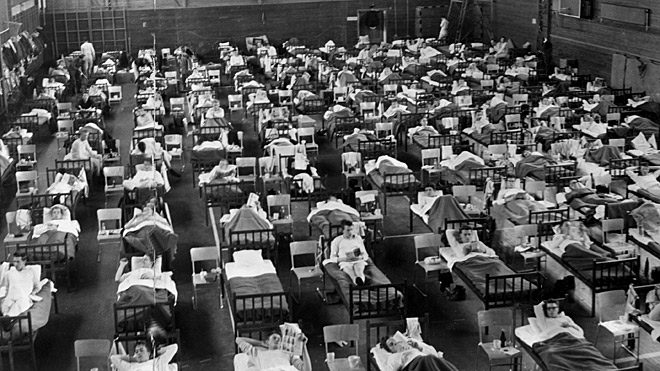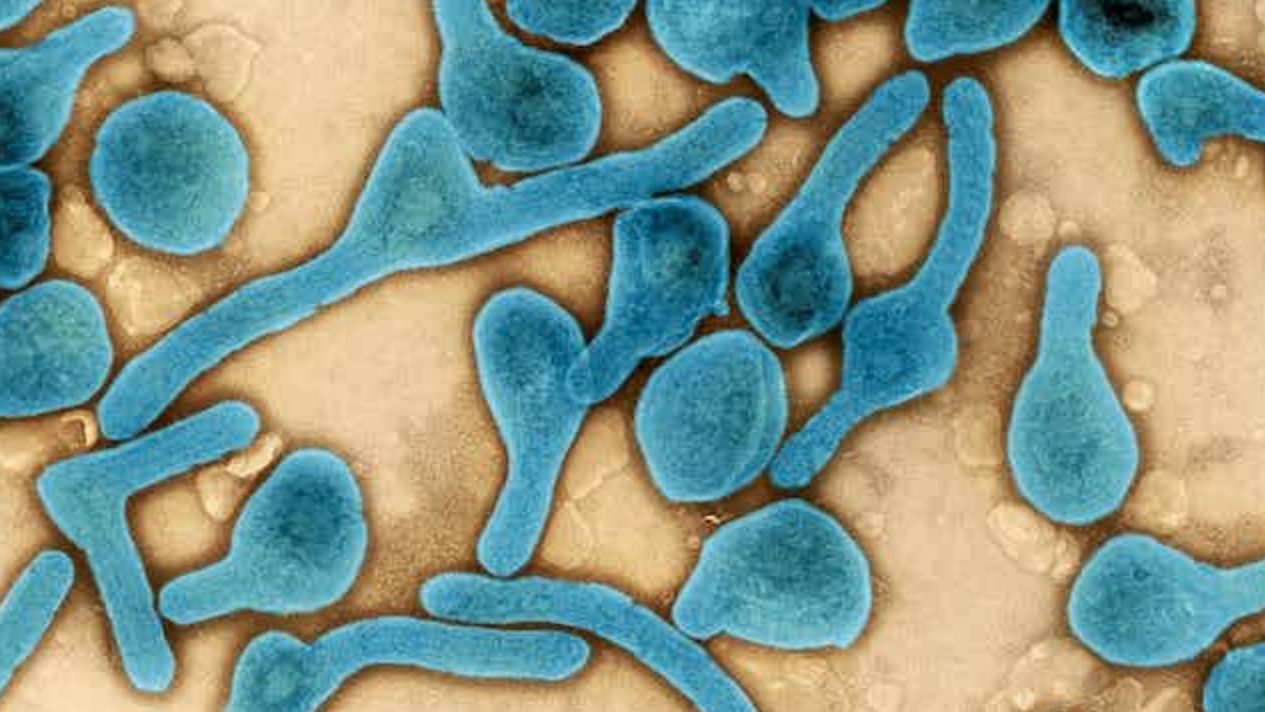Furloughed due to COVID-19? Become a contact tracer.

- Demand for coronavirus contact tracers has made it one of the fastest-growing jobs in the United States.
- Contact tracers reach out to people who may have been infected with the virus. They answer questions, provide information, and encourage people to stay home.
- Though contact tracing is not new, states and counties hoping to reopen will need a strong workforce to stave off a COVID-19 resurgence.
April saw the U.S. economy in a shambolic nose dive. The unemployment rate rose to a near-historic 14.7 percent, with more than 20 million people filing claims. After adding 2.5 million jobs in May, the economy enjoyed a slight comeback—although the current unemployment rate of 13.3 percent remains higher than any time since 1948.
For those furloughed in the pandemic, these statistics may tender some hope. Shuttered companies are reopening and recruiting, while industries that saw a boom amid pandemic-induced demand continue to hire. LinkedIn data shows that 1.5 million entry-level jobs are currently available in the United States. If we can fend off a coronavirus resurgence—big if—the upturn may continue.
To manage that, however, we’ll need to be better prepared to test for coronavirus and trace its transmission. That’s why many state and local governments are hiring contact tracers.

Contact tracers help stop the spread of a disease by contacting those who may be infected and not know it.(Photo: Jane Barlow/WPA Pool via Getty Images)
In an interview with ProPublica, Dr. Emily Gurley, an associate scientist at the Johns Hopkins Bloomberg School of Public Health, described a contact tracer’s role as “part disease detective, part social work, part therapist.”
The work starts with a case investigator and a patient confirmed, or suspected, to have COVID-19. The case investigator works to develop a timeline of people whom the patient had contact with before symptoms appeared. The timeline creates a list of contacts that is handed off to a contact tracer.
The tracer locates the contacts to inform them they may have been infected with coronavirus (for privacy, a patient’s name and particulars are never provided). The tracer offers information, answers questions, and points to helpful resources. They then encourage the contact to stay home voluntarily and maintain social distance for fourteen days after the last potential exposure.
“The real advantage of contact tracing is to snuff out emerging or reemerging transmission cycles,” Sten Vermund, dean of Yale’s School of Public Health, told STAT. “To blunt the severity of the epidemic on the upsurge … that is a great time to do contact tracing.”
Employing contact tracers helps state and local governments to prevent an upsurge without resorting to more drastic measures. As noted by STAT, focusing on known cases lowers associated economic costs but can miss hidden spreaders. Conversely, lock downs can limit transmission but impose high costs. Contact tracing offers the “effective middle ground.”
Of course, not everyone is happy to be called out of the blue, told they may have contracted coronavirus, and asked to put their life on hold for two weeks. Emotions can range from scared to angry to confused.
This is where the “part social work, part therapist” enters. Contact tracers need to be empathetic, have excellent communication skills, and be comfortable talking and listening about medical and personal issues. It’s not a job for everyone, but the right people in the role can make all the difference.
How to shut down coronavirus conspiracy theories | Michael Shermer | YouTube
Contact tracing isn’t new. It was used in both the 2003 SARS outbreak and the 2014 Ebola outbreak. It’s employed to prevent the transmission of STIs and communicable diseases such as measles and tuberculosis, and even foodborne illnesses.
In fact, the National Association of County and City Health Officials (NACCHO) recommends 15 professionals per 100,000 citizens to be involved in contact tracing during non-emergency situations. But COVID-19 creates a problem of scale.
Many people with COVID-19 aren’t aware they have it. They may be asymptomatic or misidentify their symptoms. There’s also much we don’t know, and human nature, which abhors a vacuum, fills that space with misinformation. The result is a virus that spreads rapidly while leaving an obscure trail to follow.
Because of this, states and counties will need contact tracers to prevent a second outbreak, while those hoping to reopen will need them to limit new cases. NACCHO estimates the U.S. will need twice as many professionals, or 30 professionals per 100,000. That amounts to a nationwide force of roughly 100,000 contact workers. Former CDC Director Tom Friedman estimates that number would need to be closer to 300,000.
Requirements vary state by state. Some require no more than a high school diploma, while others may request more specific training or degrees. But don’t think that means you need previous experience in public health or social work.
“The biggest misconception about contact tracing is that you need to have public health training or experience,” Christiana Coyle, a professor at New York University’s School of Global Public Health and a former contact tracer for the Centers for Disease Control and Prevention, told CNBC.
Coyle continued: “It’s more important that you’re comfortable with medical terminology, working through a script and cold-calling people. For me, cold-calling was the hardest part. You’re giving people news that’s potentially very disturbing and serious. You never know what you’ll encounter on the other end of the phone.”
Hiring approaches also differ. Some states have outsourced to nonprofits, while others have positioned otherwise furloughed health care professionals. If you are interested in contact-tracing work, we recommend starting your search with an official state job board. You can google for listings in your area, but be wary of fraudulent job postings.
It will be sometime before we know if the economy has found a new normal. Until then, contact tracing will not only help us stabilize our hard-earned reprieve from novel coronavirus but provide some stability for households across the country.





